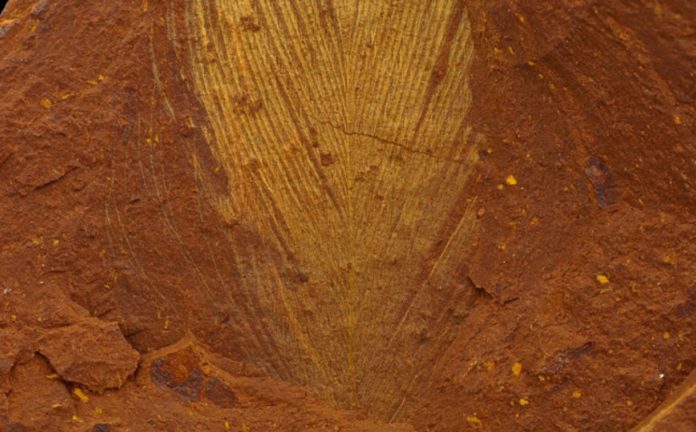A group of international experts engaged in research on the nature of Miocene mesic ecosystems discovered a significant new fossil site featuring magnificent examples of fossilized animals and plants from the Miocene epoch.
The new fossil site (called McGraths Flat) is located in the Central Tablelands of New South Wales, near the town of Gulgong. It is one of just a few in Australia that can be designated as a ‘Lagerstätte’– a site with very high-quality fossils.
Researchers have been discreetly digging the site for the past three years and have discovered thousands of specimens, including rainforest plants, insects, spiders, fish, and a bird feather.
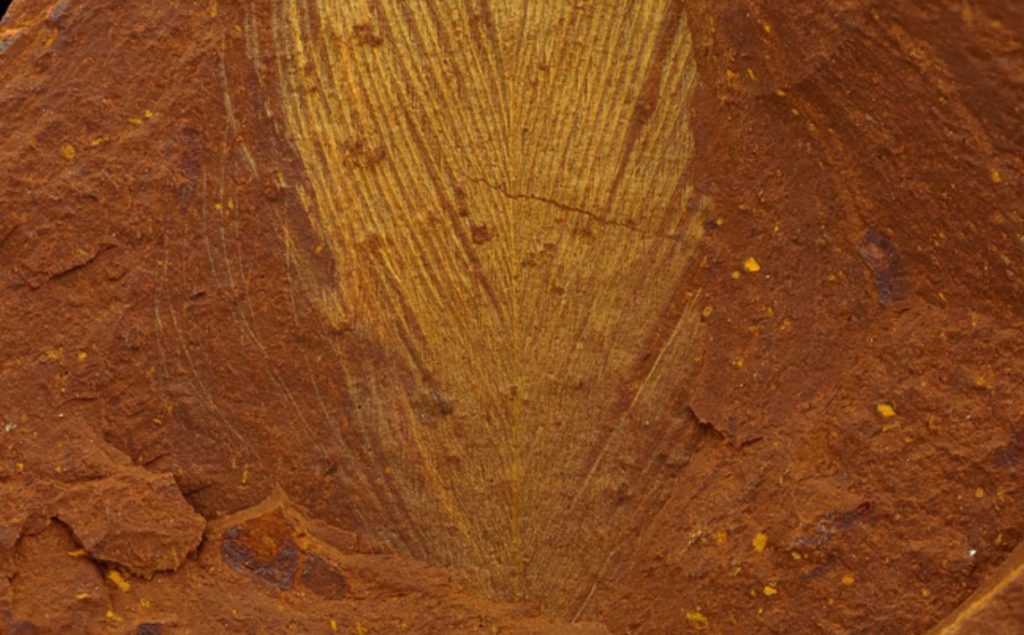
Dr. Matthew McCurry, study lead, said the fossils formed between 11 and 16 The fossils originated between 11 and 16 million years ago and are essential for understanding Australia’s past.
“The fossils we have found prove that the area was once a temperate, mesic rainforest and that life was rich and abundant here in the Central Tablelands, NSW,” said Dr. McCurry.
“Many of the fossils that we are finding are new to science and include trapdoor spiders, giant cicadas, wasps and a variety of fish.
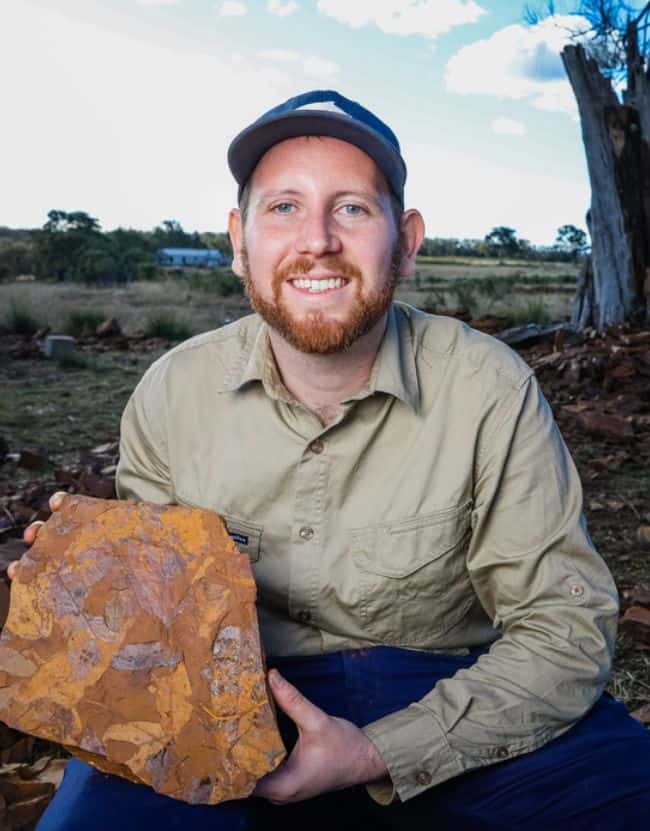
“Until now it has been difficult to tell what these ancient ecosystems were like, but the level of preservation at this new fossil site means that even small fragile organisms like insects turned into well-preserved fossils.”
The fossils from McGraths Flat reveal a remarkably detailed preservation, according to Associate Professor Michael Frese, who scanned them using stacking microphotography and a scanning electron microscope (SEM).
“The fossils also preserve evidence of interactions between species. For instance, we have fish stomach contents preserved in the fish, meaning that we can figure out what they were eating. We have also found examples of pollen preserved on the bodies of insects so we can tell which species were pollinating which plants,” Frese explained.
“The discovery of melanosomes (subcellular organelles that store the melanin pigment) allows us to reconstruct the colour pattern of birds and fishes that once lived at McGraths Flat. Interestingly, the colour itself is not preserved, but by comparing the size, shape and stacking pattern of the melanosomes in our fossils with melanosomes in extant specimens, we can often reconstruct colour and/or colour patterns.”
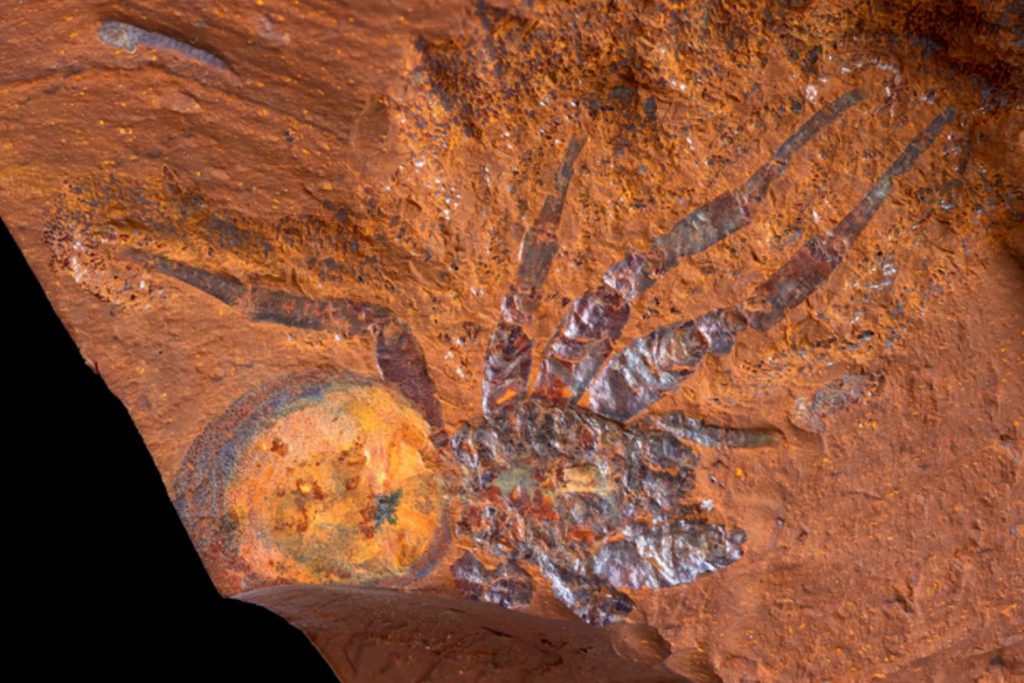
The fossils were discovered in goethite, an iron-rich rock that isn’t typically associated with outstanding fossils.
“We think that the process that turned these organisms into fossils is key to why they are so well preserved. Our analyses suggest that the fossils formed when iron-rich groundwaters drained into a billabong, and that a precipitation of iron minerals encased organisms that were living in or fell into the water,” McCurry added.
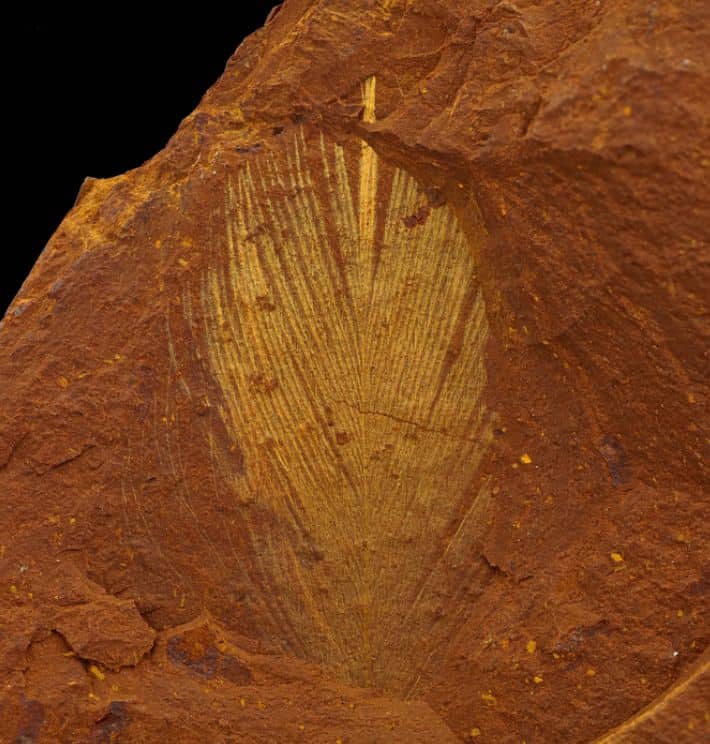
The fossilized plants and animals are comparable to those seen in northern Australian rainforests, according to Dr. McCurry, but there are indicators that the ecology at McGraths Flat is drying out.
“The pollen we found in the sediment suggests that there might have been drier habitats surrounding the wetter rainforest, indicating a change to drier conditions,” McCurry said.
Professor David Cantrill, Executive Director, Science, Royal Botanic Gardens Victoria, said that the variety of fossils preserved, combined with exceptional preservation fidelity, allows for unprecedented insights into an important period in Australia’s past, when mesic ecosystems still dominated the continent.
“The McGraths Flat plant fossils give us a window into the vegetation and ecosystems of a warmer world, one that we are likely to experience in the future. The preservation of the plant fossils is unique and provides important insights into a time period for which the fossil record in Australia is rather poor,” Cantrill said.
Source: 10.1126/sciadv.abm1406
Image Credit: Michael Frese
You were reading: Scientists unearth fossils new to science
